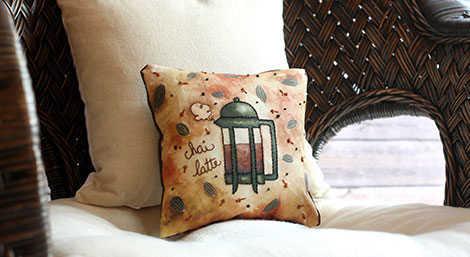The Greatest Guide To Unique Art
Table of ContentsUnique Art Fundamentals ExplainedThe Unique Art PDFsRumored Buzz on Unique ArtThe 30-Second Trick For Unique Art
While one could debate which art form holds priority, the truth continues to be that each of these 7 types provides an unique home window right into human history, society, and advancement. They are the tapestries that chronicle our journey, advising us of our past while motivating visions for the future.Great art work informs a tale, makes people look twice, and creates an unique experience that can not be matched. Art and images connect every one of that with shade, shape and various other layout components. Learn exactly how to make your special artwork stick out from the crowd.
3 Emil DervishIn this entryway by Emil Dervish that gorgeous cobalt blue door takes the program. To bring much more drama, he prolonged the paint. to the doorframe and the wall up, completing in an arched form. The curves, in addition to a round sconce, soften the edges - Unique Art. Then frames vintage posters and maps of cherished places established the scene.
8 TRIA GIOVANEqual parts grand and laidback, this foyer designed by Anthony Baratta is the ideal plan to comply with if you're embellishing a formal entryway that still really feels unfussy and comfy. Patterned fabrics take spotlight (see the carpetings and the sofa), however they additionally help bring the high ceilings to a human scale when hung over wallpaper.
Unique Art Can Be Fun For Everyone
18 Heidi Caillier DesignA gallery wall surface doesn't need to take up the entire area. Occasionally a tiny one can make a bigger style declaration. In this living room, Hiedi Caillier chose for micro-mini frameworks and an arbitrary structure.
The components of this languageits forms, lines, colours, tones, and texturesare utilized in numerous means to produce feelings of quantity, space, motion, and light on a flat surface. These elements are combined right into expressive patterns in order to stand for real or supernatural sensations, to interpret a narrative style, or to create wholly abstract aesthetic partnerships.
Later the notion of the "fine artist" developed in Asia and Renaissance Europe. Throughout the 19th century painters in Western societies started to shed their social position and protected patronage.
Our Unique Art Diaries
Others gained a revenue with touring exhibits of their job. The requirement to appeal to a marketplace had actually changed the similar (if much less impersonal) needs of patronage, and its effect on the art itself was possibly similar. Typically, musicians in the 20th century can get to an audience just via commercial galleries and read what he said public museums, although their work might have been sometimes replicated in art periodicals
For the history of painting in old Egypt, see Egyptian art and design. The development of paint in various regions is treated in a variety of short articles: Western paint; African art; Central Eastern arts; Chinese painting; Islamic arts; Japanese art; Korean art; Indigenous American art; Oceanic art and architecture; South Oriental arts; Southeast Asian arts. For a discussion of the bogus of masterpieces, see imitation. For a discussion of the function of painting and various other arts in religious beliefs, as well as of the use of spiritual signs in art, see religious meaning and iconography. For information on various other arts associated with paint, see short articles such as attracting; people art; printmaking. It is the sense of certainty in this official company that provides a terrific paint its self-sufficiency and existence. The colours and placing of the primary images in a layout might be often greatly chosen by representational and symbolic factors to consider. It is the official interaction of colours and shapes that alone is qualified of communicating a certain state of mind, generating optical feelings of space, quantity, motion, and light and producing pressures of both harmony and tension, important link also when a paint's narrative importance is obscure.
Do not replicate the design of various other musicians if you're looking for your style. Duplicating other individuals's artwork can be great in educational objectives however it will not make you closer to locating your own unique style. Your imaginative style has to be, what you such as and what inspires you.

Things about Unique Art
You require to try great deals of different options and discover whatever before you can concentrate on one specific design or you'll be bored, or even worse, you'll dislike your very own style. I recommend you to attempt every solitary subject that you're interested in, check out as much as you can. Try various mediums that delight you and brand-new strategies you've never attempted before.
With time you'll be able to arrange all of them right into your favored and least preferred groups. Try to concentrate your attention on the topics and mediums that you like and before you see it coming you'll have your own individual and unique style, like no one else have! In the end you'll have a few favored topics to paint and perhaps a couple of favored tools.
